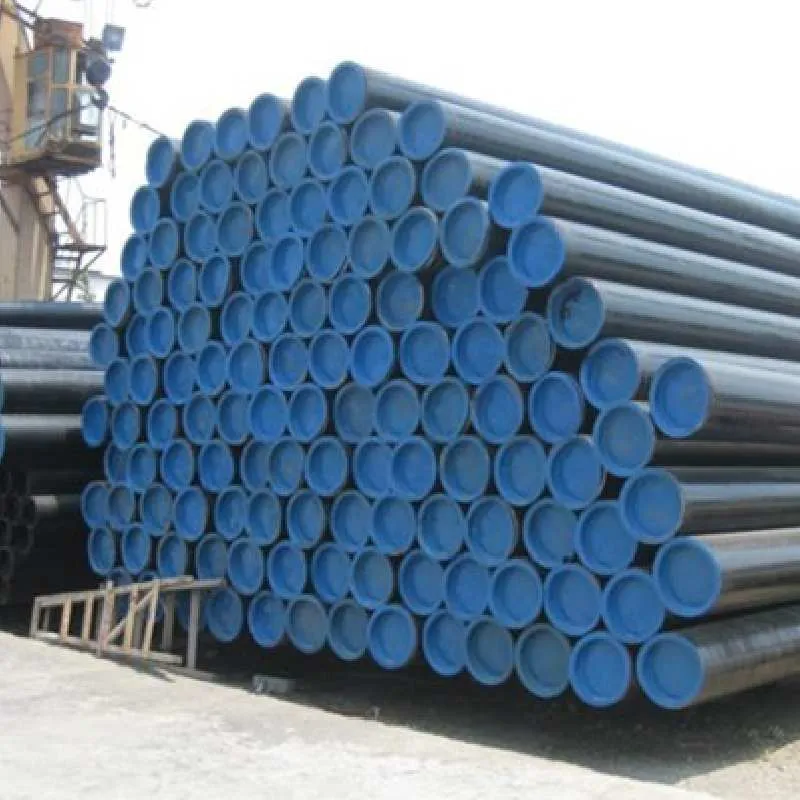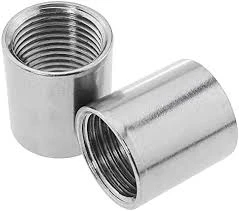-
Cangzhou Yulong Steel Co., Ltd.
-
Phone:
+86 13303177267 -
Email:
admin@ylsteelfittings.com
- English
- Arabic
- Italian
- Spanish
- Portuguese
- German
- kazakh
- Persian
- Greek
- French
- Russian
- Polish
- Thai
- Indonesian
- Vietnamese
- Zulu
- Korean
- Uzbek
- Hindi
- Serbian
- Malay
- Ukrainian
- Gujarati
- Haitian Creole
- hausa
- hawaiian
- Hebrew
- Miao
- Hungarian
- Icelandic
- igbo
- irish
- Japanese
- Javanese
- Kannada
- Khmer
- Rwandese
- Afrikaans
- Albanian
- Amharic
- Armenian
- Azerbaijani
- Basque
- Belarusian
- Bengali
- Bosnian
- Bulgarian
- Catalan
- Cebuano
- China
- China (Taiwan)
- Corsican
- Croatian
- Czech
- Danish
- Esperanto
- Estonian
- Finnish
- Frisian
- Galician
- Georgian
- Kurdish
- Kyrgyz
- Lao
- Latin
- Latvian
- Lithuanian
- Luxembourgish
- Macedonian
- Malgashi
- Malayalam
- Maltese
- Maori
- Marathi
- Mongolian
- Myanmar
- Nepali
- Norwegian
- Norwegian
- Occitan
- Pashto
- Dutch
- Punjabi
- Romanian
- Samoan
- Scottish Gaelic
- Sesotho
- Shona
- Sindhi
- Sinhala
- Slovak
- Slovenian
- Somali
- Sundanese
- Swahili
- Swedish
- Tagalog
- Tajik
- Tamil
- Tatar
- Telugu
- Turkish
- Turkmen
- Urdu
- Uighur
- Welsh
- Bantu
- Yiddish
- Yoruba

Feb . 02, 2025 03:57 Back to list
alloy steel seamless pipes
Finding the right stainless steel pipes for your projects can often feel like navigating a sea of endless options. With so many products available, selecting the right ones requires a balance of understanding material quality, the specific needs of your application, and ensuring reliable sourcing. The journey to acquiring stainless steel pipes that meet high standards is not just about the purchase; it’s about matching product specifications with practical, real-world utility.
Responsibly sourced stainless steel pipes should come from suppliers adhering to environmental and ethical standards. This includes considering the environmental impact of production and the recyclability of materials. Stainless steel is 100% recyclable, which not only supports sustainability initiatives but also often reduces overall costs in the long run. When investing in stainless steel pipes, understanding their lifecycle and maintenance requirements leads to significant cost efficiencies. Unlike some materials that may require frequent replacement or repair, quality stainless steel pipes offer robust performance over decades. This longevity is a testament to their design and manufacturing process, crafted to withstand the rigors of time and varying environmental conditions. However, maintenance cannot be entirely ignored. Regular inspections and cleaning, particularly in environments exposed to high levels of contaminants, help sustain the integrity and appearance of the pipes. Understanding the cleaning chemicals that can be used without degrading their surface is vital to maintaining their pristine condition. In conclusion, investing in stainless steel pipes goes beyond simply buying a product. It demands an understanding of grades, finishes, sourcing credibility, and maintenance practices, all of which ensure that the pipes serve their intended purposes efficiently and sustainably. As experts in the field, suppliers play a critical role in guiding purchases, aligning expectations with product delivery, and ensuring that your projects not only utilize superior products but also contribute positively to their operational environments.


Responsibly sourced stainless steel pipes should come from suppliers adhering to environmental and ethical standards. This includes considering the environmental impact of production and the recyclability of materials. Stainless steel is 100% recyclable, which not only supports sustainability initiatives but also often reduces overall costs in the long run. When investing in stainless steel pipes, understanding their lifecycle and maintenance requirements leads to significant cost efficiencies. Unlike some materials that may require frequent replacement or repair, quality stainless steel pipes offer robust performance over decades. This longevity is a testament to their design and manufacturing process, crafted to withstand the rigors of time and varying environmental conditions. However, maintenance cannot be entirely ignored. Regular inspections and cleaning, particularly in environments exposed to high levels of contaminants, help sustain the integrity and appearance of the pipes. Understanding the cleaning chemicals that can be used without degrading their surface is vital to maintaining their pristine condition. In conclusion, investing in stainless steel pipes goes beyond simply buying a product. It demands an understanding of grades, finishes, sourcing credibility, and maintenance practices, all of which ensure that the pipes serve their intended purposes efficiently and sustainably. As experts in the field, suppliers play a critical role in guiding purchases, aligning expectations with product delivery, and ensuring that your projects not only utilize superior products but also contribute positively to their operational environments.
Latest news
-
ANSI 150P SS304 SO FLANGE
NewsFeb.14,2025
-
ASTM A333GR6 STEEL PIPE
NewsJan.20,2025
-
ANSI B16.5 WELDING NECK FLANGE
NewsJan.15,2026
-
ANSI B16.5 SLIP-ON FLANGE
NewsApr.19,2024
-
SABS 1123 FLANGE
NewsJan.15,2025
-
DIN86044 PLATE FLANGE
NewsApr.19,2024
-
DIN2527 BLIND FLANGE
NewsApr.12,2024
-
JIS B2311 Butt-Welding Fittings LR/SR 45°/90° /180°Seamless/Weld
NewsApr.23,2024











